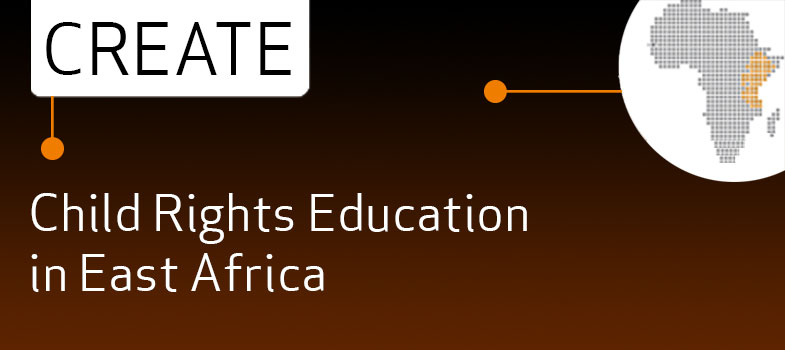4.4 What is your own health facility like?
This session is an opportunity for you to review your own service and consider how it might be improved to give children a better and more valuable experience of health care. This means that you need to see your workplace in a different way – from the point of view of a child. Also you can draw on the work you have done in the previous sessions in this module about a child’s right to express their view, not to be discriminated against and to be safe. Putting all of these issues together can make a big difference to the quality of health care for children.
Activity 4.2: From the point of view of a child – how child-friendly is your health facility?
Try to put yourself in the place of a child. How child-friendly do you think your own facility is in terms of the following:
- The physical environment
- Attitudes of the staff towards children.
The type of questions to consider are:
- Is it accessible to disabled children?
- Do disabled children get the same level of service as non-disabled children?
- Is there anywhere for children to play or anything to play with?
- Is there information available for young people to read in a format and written at a level that they can understand easily?
If you are working in a group spend time comparing views and experiences. You can also discuss these questions with colleagues in your own health setting.
Discussion
The answer to some of these questions will vary depending on where and what kind of health facility you work in. However as we discussed earlier there is no direct connection between the type of facility and it being child-friendly. Hopefully you identified some positive aspects of your workplace and it is important that examples of good practice are shared. However, if this is not an issue you have considered before there may be lots of things that could be improved. For example the children in the Tanzania study said that their hospital had stairs and pit latrines that were a big problem for disabled children.
I have not seen any dispensary or hospital with special toilets or ramp for people with disability.
(From the consultation undertaken in Tanzania for the development of this module)
In the same study, attitudes, which require no extra resources, were also a problem:
They look down on children with a disability, as if they do not have the same rights.
(From the consultation undertaken in Tanzania for the development of this module)
Now that you have spent time thinking about this issue it is important that you translate your views into action. Activity 4.3 asks you to identify some specific changes you could make where you work.
Activity 4.3: Identify three changes
Now you have looked again at your workplace, identify at least three changes or improvements you could make. These might be about your personal practice or the setting in general. If you are working in a group, discuss and share your ideas and suggestions:
Discussion
Simple suggestions can sometimes make a big difference. The health facility should always take the best interest of the child as paramount – treating them as a priority and ensuring that children have been given an opportunity to express themselves.
You will do an activity later in the study session that looks at areas of practice in your health centre in more detail.
What do children say?
